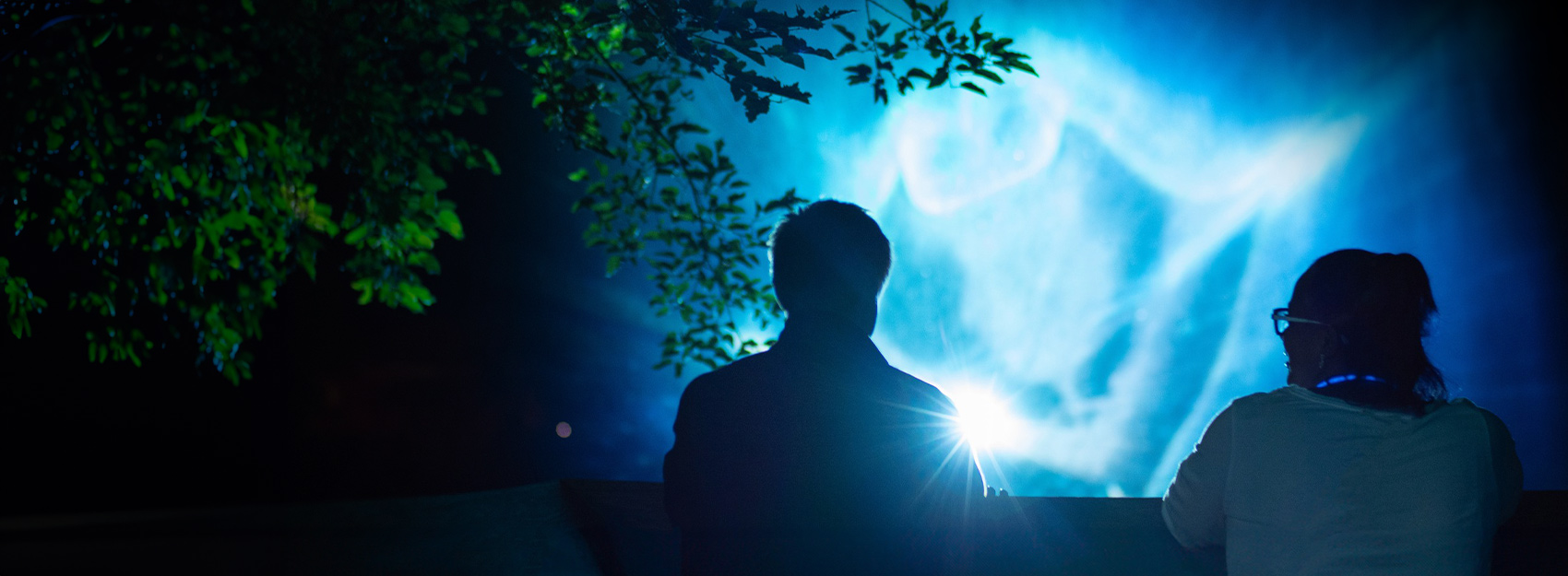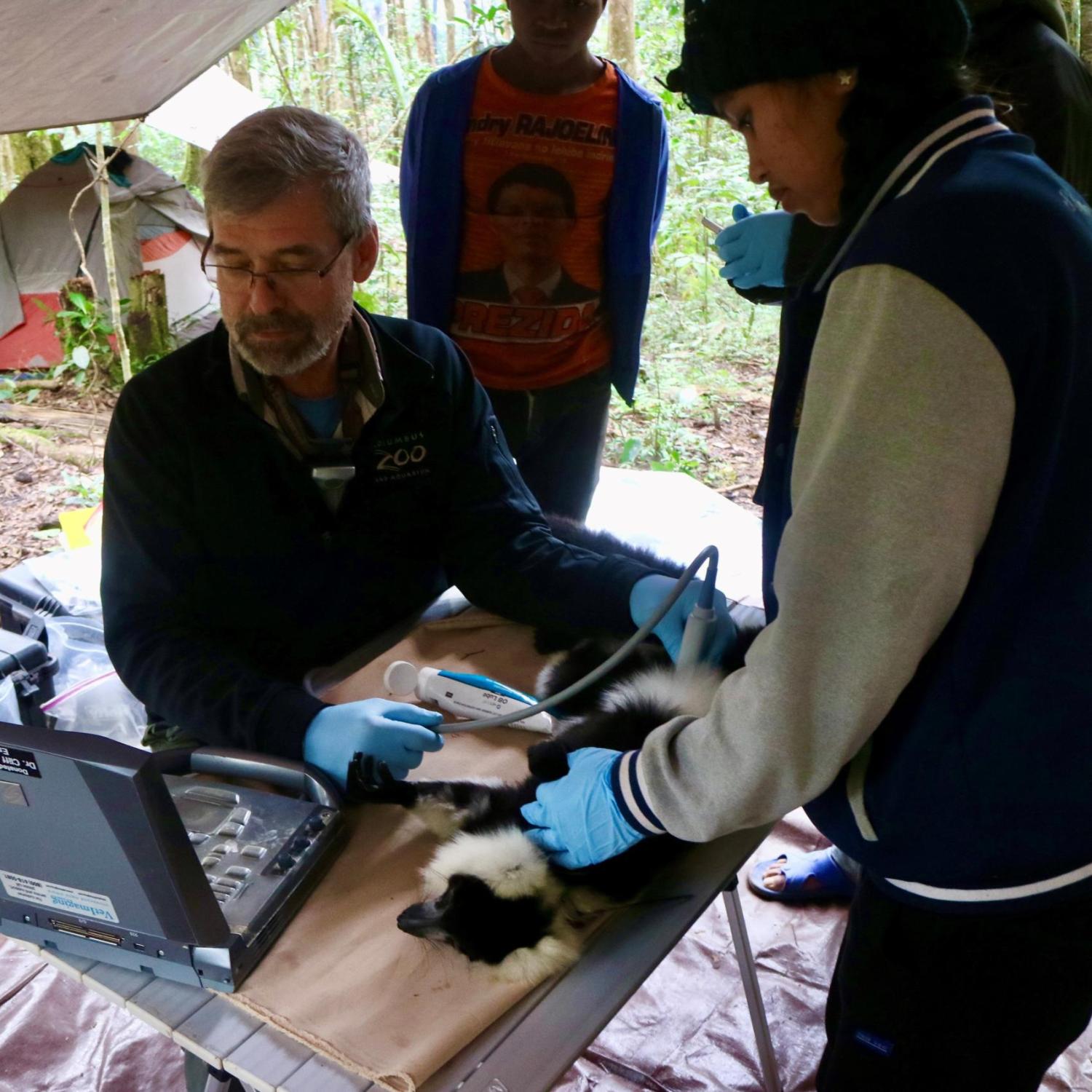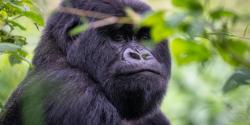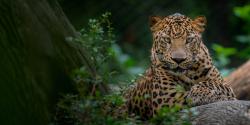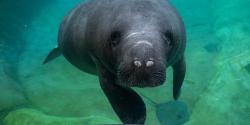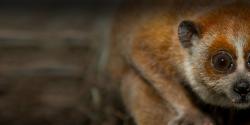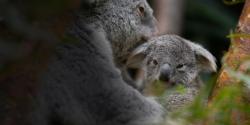Featured Species
Koala Lemur (Megaladapis)
Three species of lemur fall under the genus Megaladapis which went extinct hundreds of years ago. At least seventeen species of lemur have gone extinct on Madagascar within the last 2,000 years.
Conservation Status: Extinct
Habitat & Historic Range: Wooded habitats on the island of Madagascar.
Extinct due to: Human activity, specifically habit destruction and hunting
Peacock tarantula (Poecilotheria metallica)
Conservation Status: Critically Endangered, populations are decreasing
Habitat & Range: Found in a very small area of less than 39 square miles of deciduous forest in a protected forest in central southern India.
Threats:
- Habitat degradation and fragmentation due to logging and firewood harvesting
- Collection by international pet collectors
Orchard orb weaver spider (Leucauge venusta or Leucauge argyrobapta)
Conservation Status: Not evaluated
Habitat & Range: lives in low bushes and damp woodlands from Canada southward throughout the eastern half of the U.S. to Georgia
Golden silk spider (Trichonephila or Nephilia clavipes)
Conservation Status: Threatened, populations are stable
Habitat & Range: Widely distributed in North, Central, and South America in all forest types and urban areas
Wasp spider (Argiope bruennichi)
Conservation Status: Not evaluated
Habitat & Range: distributed throughout Central and Northern Europe, North Africa, and parts of Asia
Mirror spider (Thwaitesia argentiopunctata)
Conservation Status: Not evaluated
Habitat & Range: Australia
Long-horned orb-weaver (Macracantha arcuata)
Conservation Status: Not evaluated
Habitat & Range: temperate or tropical forest in southern and southeastern portions of Asia, including China and India to Borneo
